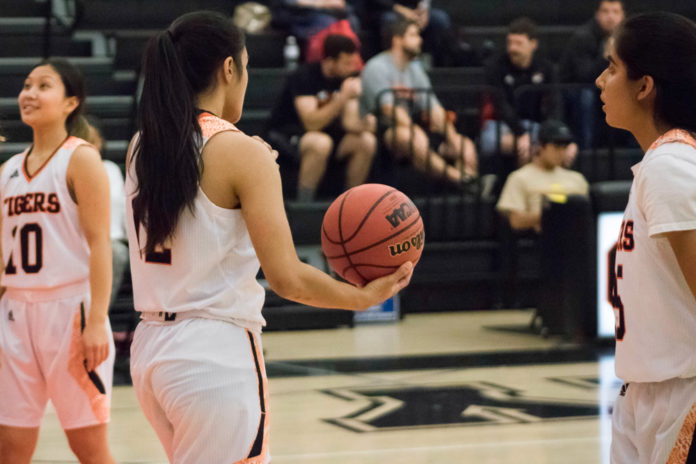Many high school athletes around the country dream of competing in college; nearly eight million students play sports in high school, but only 495,000 of them will compete at NCAA schools. At Occidental, 25 percent of students play at the NCAA DIII level, competing on over 20 different teams. Since the chances of competing at the collegiate level are slim and the recruiting process can be complicated to navigate, Occidental coaches and first-year players share an inside look at the Occidental recruiting process and what it takes to stay afloat during one’s first year.
According to Occidental coaches, being a student comes first. For men’s soccer coach Rod Lafaurie, the expectation of his players is they will be committed students, dedicated athletes and well-respected men on campus.
“We have a couple of pillars in our program. One of them is ‘both/and’ as opposed to ‘either/or,’” Lafaurie said. “The guys are expected to be both fantastic soccer players and fantastic students and fantastic people around the community, as opposed to either of those things. There is an expectation that our guys are going to be successful in a lot of different areas.”
Teagan Jarvis (first year) a forward from Las Vegas, NV, echoed Lafaurie’s sentiment.
“It’s important to note that at Oxy, the character of an athlete is more important than their talent,” Jarvis said. “An athlete should demonstrate proper attitudes on and off the field.”
In order to be an active member of campus, an engaged student and a dedicated competitor, there is a balancing act that has to occur for student-athletes. According to Lafaurie, this is where first years struggle.
“For us, first years often struggle academically,” Lafaurie said. “Our guys are coming in before school starts for preseason, so oftentimes they are just overwhelmed with a lot of stuff.”
While it can be a challenge academically for first-year athletes to adjust, Occidental coaches often find that first years are able to adapt quickly to the speed of college play. For women’s basketball head coach Anahit Aladzhanyan, a way to prepare for the higher level of competition is to play the game with those who are better than you and get as many minutes on the court as you can.
“Coaches are always looking for players who play instinctively and freely,” Aladzhanyan said. ”And that happens through hours and hours of playing the game.”
For prospective students looking to play a sport at Occidental, coaches across teams echoed the importance of making sure Occidental’s principles are the right fit. Teams at Occidental are made up of people who reflect the values of the school, according to cross country and track and field head coach Rob Bartlett, so prospective athletes must want to be a part of the institution outside the sport.
“It is about finding a college that, in general, you are going to be happy at and wake up every morning excited to be there for four years,” Bartlett said. “In recruiting, we are really trying to make sure that Occidental is a good fit for a prospective student, and they’re a good fit for Occidental. And then, if you do come here, we can promise you x, y and z athletically and we will help you become the best athlete you can be. We will give you a chance to be successful.”
Finding a school that is a match academically, athletically, socially and geographically can be a daunting task for a prospective student-athlete. Additionally, the level of play in the Southern California Intercollegiate Athletic Conference (SCIAC) is a challenge, according to tennis player Sydney Leiweke (first year).
“One thing I wish I could have known was how competitive SCIAC was,” Leiweke said. “I didn’t learn how intense the competition was with other schools in SCIAC until I was about to play my first match.”
Raveena Dhiman (first year), shooting guard on the women’s basketball team, echoed Leiweke’s sentiment.
“The level of play is a lot harder than I thought it would be. Most people tend to joke around about Division III sports and look past the effort DIII athletes put in; myself included,” Dhiman said. “It was a huge wake-up call when we would have three-hour practices during preseason.”
The transition to collegiate athletics is not always easy for students, but the key to a successful career as a student-athlete is trusting the process, according to Bartlett.
“I ask every recruit I ever talk to, ‘Why do you want to be a college athlete?'” Bartlett said. “Because I think that you absolutely need to have an answer to that question before you start. And it can’t be because my dad or mom wants me to be, it has to be because this is something that matters to me, and I am willing to sacrifice for it.”
![]()




































